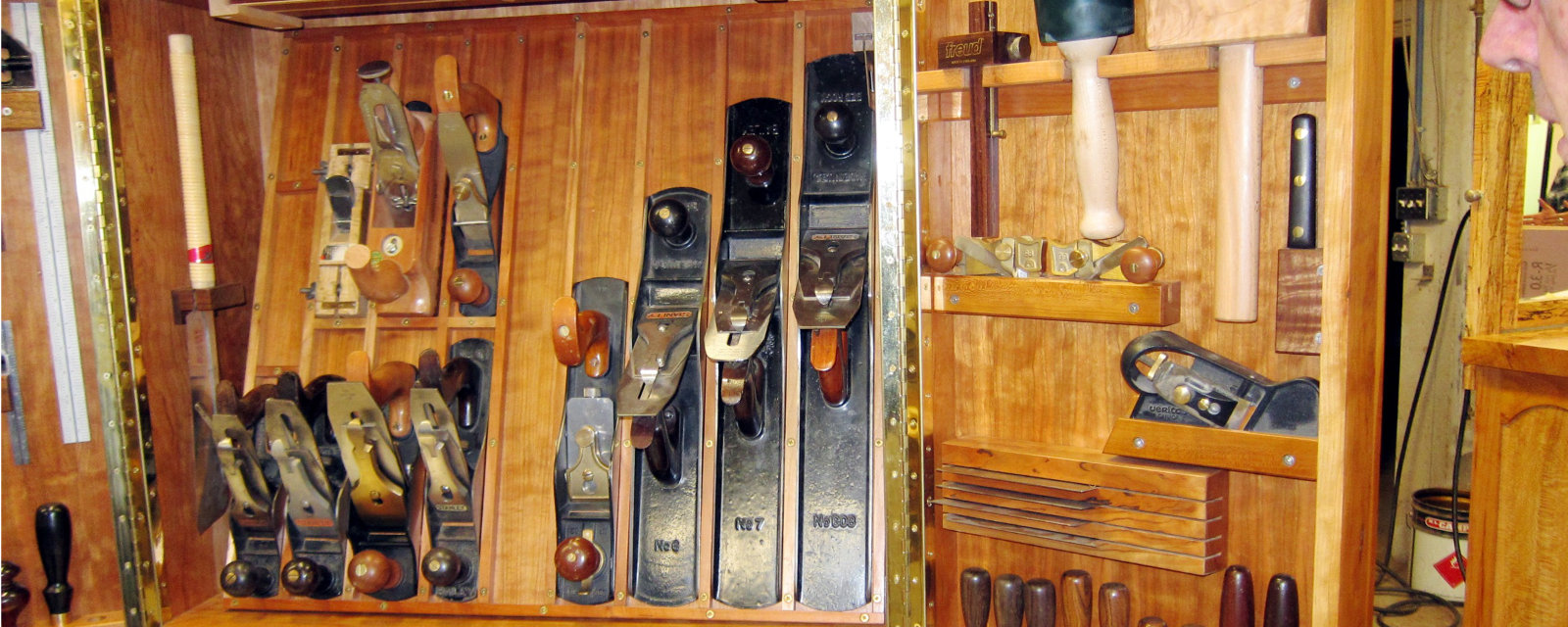WPW member, and Program Director, Bill James, has often mentioned that he thinks that if you can only have one woodworking magazine subscription, Fine Woodworking should be the one. Much of what Bill knows about woodworking has been gleaned from working with talented colleagues, learning by doing (and making the inevitable mistakes that always occur, especially if you’re willing to push the limits of what you think you can do), and from reading articles about methods/techniques that have been in Fine Woodworking. In light of this reverence for the magazine, and what can be learned from it, Bill is going to start an occasional series of programs called, “As Seen In Fine Woodworking.” Modeled loosely (really more tongue-in-cheek, than anything else) after the As Seen On TV demos/advertisements, Bill will take a skill/technique from a Fine Woodworking article and create a program/demonstration from it (perhaps editing/modifying it just a bit — you know, artistic license). To this end, if you have read an article about a technique/method that you would like to see come to life, talk to Bill. The Program Team will always be looking for ideas for future programs, and member input should be their driving force.
For this program, Bill will demonstrate the techniques for quickly and accurately making through dovetails on the table-saw, as presented in a great article by Gregory Paolini in the December 2012 FWW #231, page 46-50. Like pretty much everything else in FWW, this is a well-written and beautifully-illustrated article, but there’s nothing like seeing it done up close and personal.
There are many ways to make through dovetails, from the completely hand-cut and chopped, to the completely machine-made, router-based versions. The hand-made versions require good layout, sawing, and chiseling skills, and for most of us are not a “fast” way to make a dovetail joint. Yet, they are fun and satisfying to make. The router-based versions are generally easier, faster, and for most of us, a more accurate way to make through dovetails. But, there’s the expense of buying the jig, in some cases the learning curve to be able to use it, and the unmistakable “look” of a router-based dovetail. This “look” is because the pins can’t be made narrower than the smallest available router bit, which usually gives a pin that is at least 1/4″-3/8″ at its narrowest. This is in contrast to the narrow pins so often associated with hand-cut dovetails, and is especially relevant when dovetailing thick stock like a cabinet carcase.
The table-saw technique that Bill will demonstrate gives us the best of both worlds — an accurate, reasonably fast, and aesthetically-pleasing dovetail (the pins can be as narrow as ~1/8″-5/32″ at the narrowest point), that can be made on a machine that you already own, and with no practical size limitations in material thickness or width, as is often the case with router-based jigs. Bill’s demonstration will be the making of a drawer box, and he’ll have some partially-completed parts to pass around to show the steps. Additionally, there will be drawings/photos projected on the screen that accurately depict all of the steps that Bill will perform on the saw.

